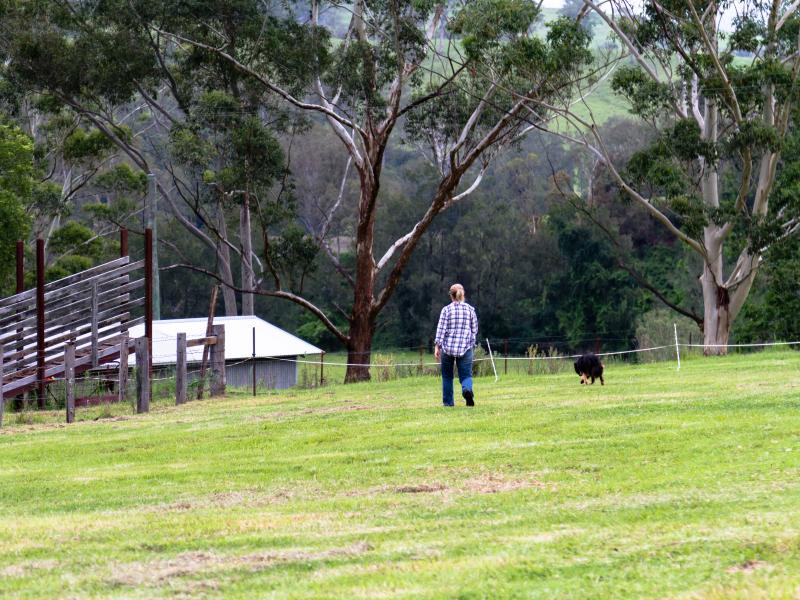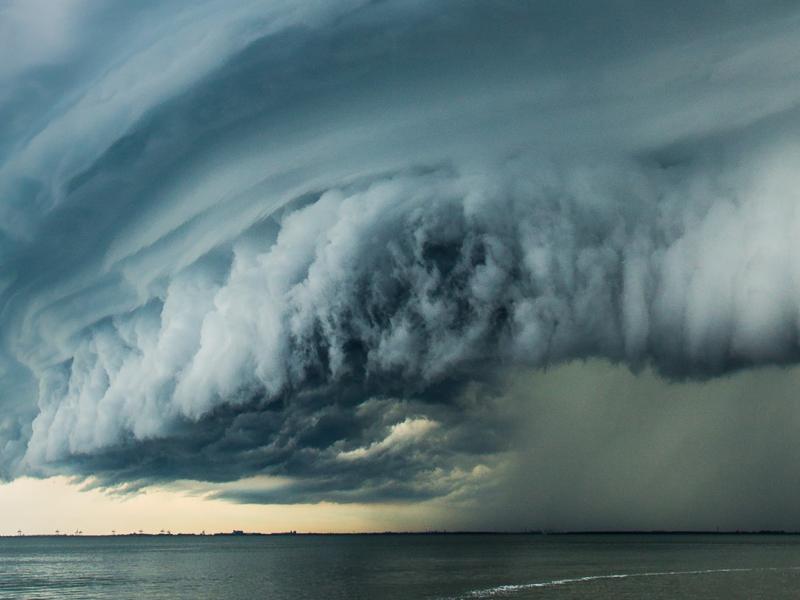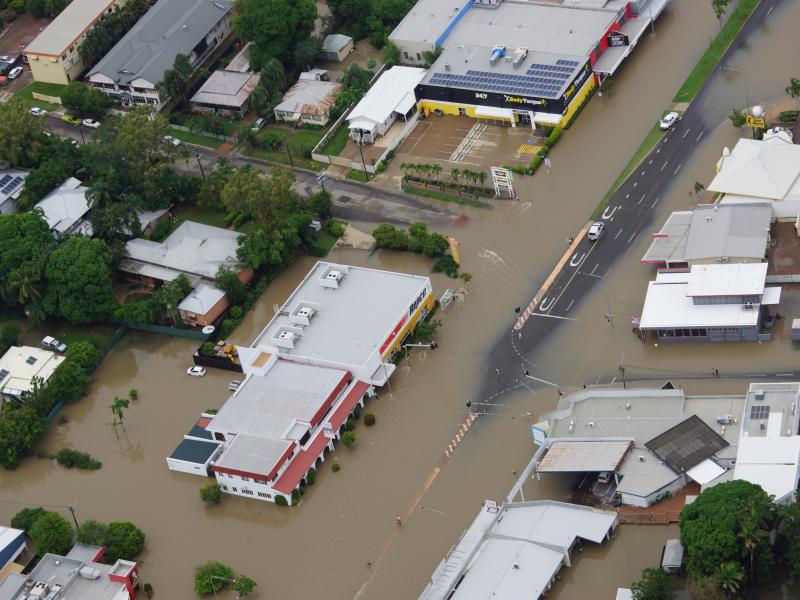The damage from natural disasters can cost a lot.
Tanya from the Grantham Store in the Lockyer Valley, tells us her story and how having a severe weather plan for your business is vital for your business.
Find out the risk of natural disaster to your business and put together a plan.
Understand Your Local Risks
The best way to get your business ready is to understand the location's potential risks to natural disasters so you can make a plan before they occur.
If you’re not sure what you should be planning for, check out these pages.
Risks of Natural Disaster To Your Business
Preparing for natural disasters will have wide reaching benefits to both your business and the broader community. Business continuity planning will help you to limit impacts to services provided to your customers, ensure your employees can continue to work, and will help to keep the local economy running.
When you start to prepare a business continuity plan, you first need to have an understanding of the most common risk scenarios for your business.
Hover over the interactive dots below or expand the checklist to explore some common scenarios that can occur in a disaster hit community and how to make a plan to protect what’s most important to you.
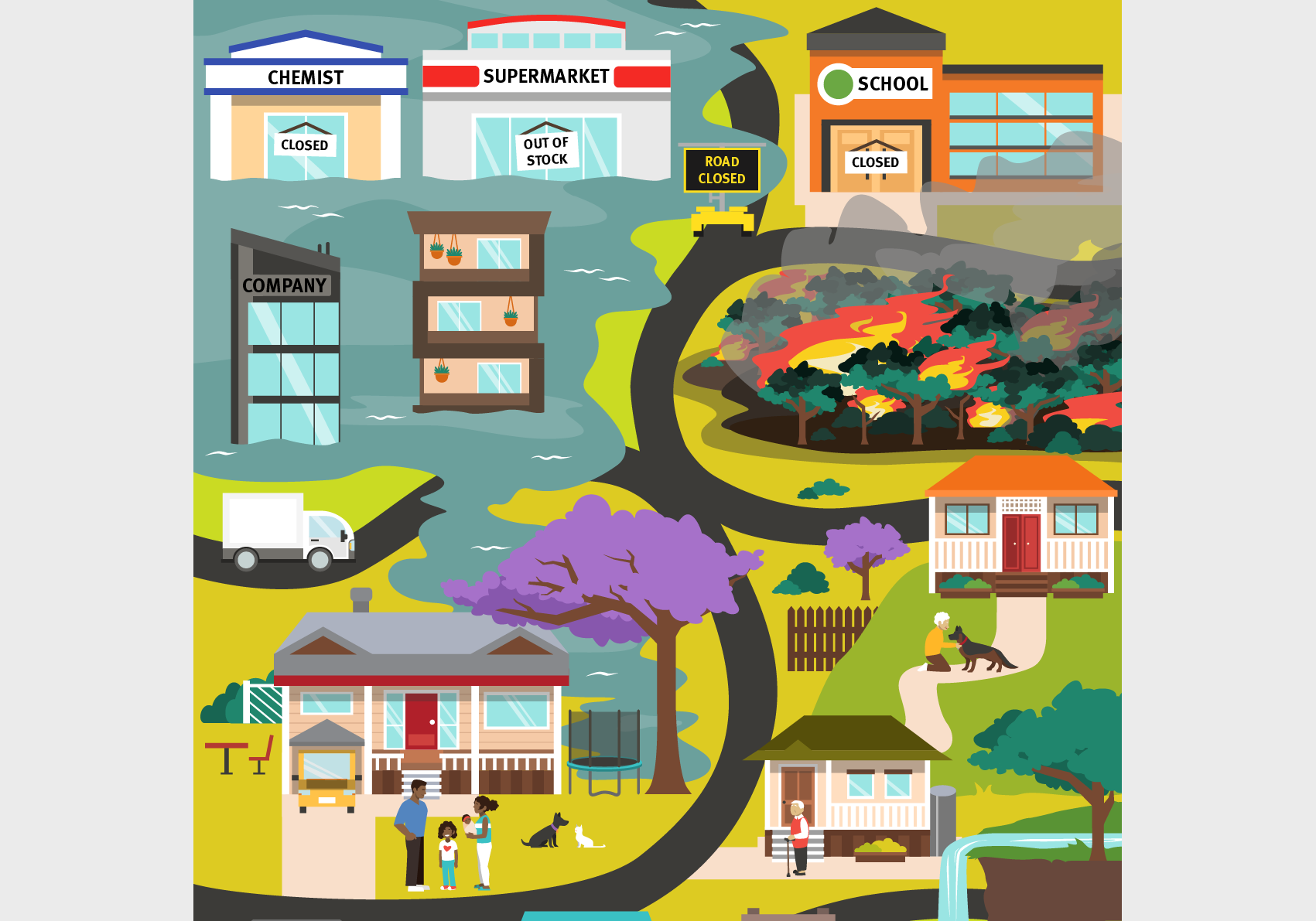
Depending on your physical location/s, you may be at risk of different types of natural disasters such as flood, bushfire, cyclone etc.
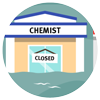
Important suppliers may be at risk which will impact their ability to provide goods and services to you during and after a natural disaster.
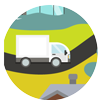
Customers relying on your services need to be considered both for their wellbeing and that of your business. Is there an alternative service you can provide during a disaster?

How you deliver your goods and services may impact your ability to continue during a disaster. For example, if you deliver goods that are reliant on major transport routes that are at risk of closure.

A disaster may prevent your employees from physically reaching your workplace, which will impact your ability to operate as normal. Employees may also be impacted by a temporary closure of your business. Are you employing foreign workers? Will they know how to look after themselves in a disaster situation? Managers and employees should understand when and how to evacuate safely from the workplace.

Have strategies in place for regularly backing up data and have spare keys and security codes ready on hand in an emergency.

Have strategies to ensure important records are on hand during an emergency. This could include employee, supplier and customers contact details, insurance details, product lists and specifications, latest stock and equipment inventory.

How will a disaster impact workplace conditions, and what measures will you put in place to keep your employees and customers safe.

An emergency kit should contain items to help you prepare to evacuate in a disaster situation, and provide protective measures and equipment for all employees.

Your identified risks should be addressed in your insurance policy to cover these risks. You should review your policy regularly.

Depending on your physical location/s, you may be at risk of different types of natural disasters such as flood, bushfire, cyclone etc.

Important suppliers may be at risk which will impact their ability to provide goods and services to you during and after a natural disaster.

Customers relying on your services need to be considered both for their wellbeing and that of your business. Is there an alternative service you can provide during a disaster?

How you deliver your goods and services may impact your ability to continue during a disaster. For example, if you deliver goods that are reliant on major transport routes that are at risk of closure.

A disaster may prevent your employees from physically reaching your workplace, which will impact your ability to operate as normal. Employees may also be impacted by a temporary closure of your business. Are you employing foreign workers? Will they know how to look after themselves in a disaster situation? Managers and employees should understand when and how to evacuate safely from the workplace.

Have strategies in place for regularly backing up data and have spare keys and security codes ready on hand in an emergency.

Have strategies to ensure important records are on hand during an emergency. This could include employee, supplier and customers contact details, insurance details, product lists and specifications, latest stock and equipment inventory.

How will a disaster impact workplace conditions, and what measures will you put in place to keep your employees and customers safe.

An emergency kit should contain items to help you prepare to evacuate in a disaster situation, and provide protective measures and equipment for all employees.

Your identified risks should be addressed in your insurance policy to cover these risks. You should review your policy regularly.

Depending on your physical location/s, you may be at risk of different types of natural disasters such as flood, bushfire, cyclone etc.

Important suppliers may be at risk which will impact their ability to provide goods and services to you during and after a natural disaster.

Customers relying on your services need to be considered both for their wellbeing and that of your business. Is there an alternative service you can provide during a disaster?

How you deliver your goods and services may impact your ability to continue during a disaster. For example, if you deliver goods that are reliant on major transport routes that are at risk of closure.

A disaster may prevent your employees from physically reaching your workplace, which will impact your ability to operate as normal. Employees may also be impacted by a temporary closure of your business. Are you employing foreign workers? Will they know how to look after themselves in a disaster situation? Managers and employees should understand when and how to evacuate safely from the workplace.

Have strategies in place for regularly backing up data and have spare keys and security codes ready on hand in an emergency.

Have strategies to ensure important records are on hand during an emergency. This could include employee, supplier and customers contact details, insurance details, product lists and specifications, latest stock and equipment inventory.

How will a disaster impact workplace conditions, and what measures will you put in place to keep your employees and customers safe.

An emergency kit should contain items to help you prepare to evacuate in a disaster situation, and provide protective measures and equipment for all employees.

Your identified risks should be addressed in your insurance policy to cover these risks. You should review your policy regularly.

Find Out More and Get Ready
Check out these other pages and resources to help you Get Ready.

